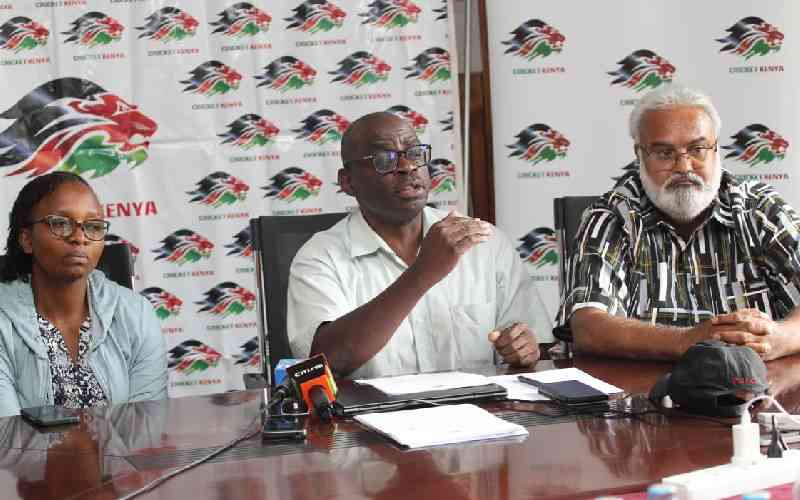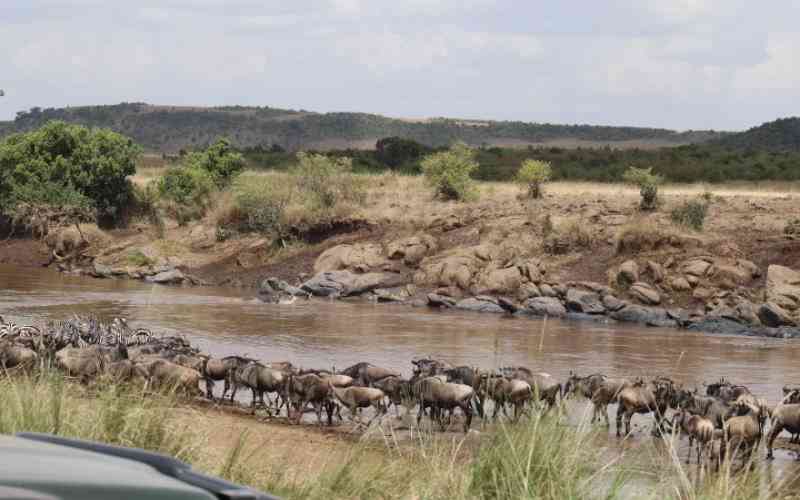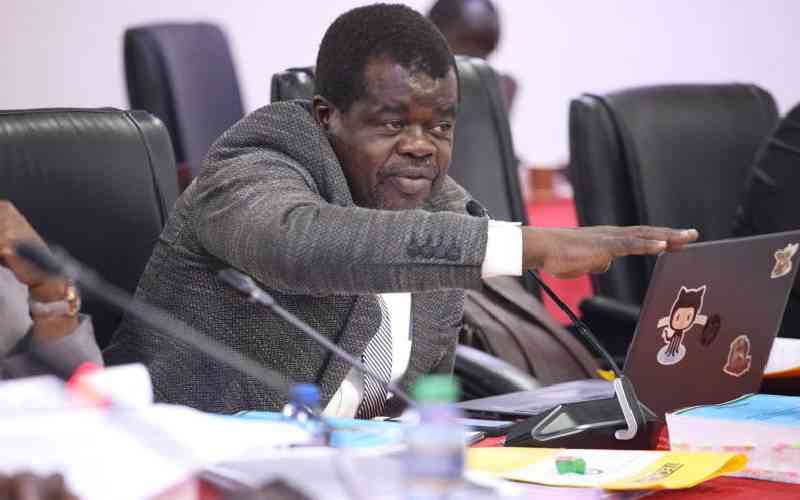The letter by the president of the World Book of Records, Santosh Shukla, to Narok Governor Patrick ole Ntutu was unambiguous.
“We are delighted to inform you that the Masai Mara National Reserve has been officially included in the World Book of Records under the distinguished title: World’s Greatest Annual Terrestrial Wildlife Migration, for hosting the largest and most dramatic annual land animal migration on Earth.”
The inclusion is remarkable since the organisation “only catalogues and verifies extraordinary records around the world with authentic certification”, including unique individual achievements, places and organisations.
While the exact number of records listed in the World Book of Records is not publicly disclosed, the inclusion of Masai Mara reflects not just its majesty as an iconic game reserve but an affirmation of its ecological significance through diverse biodiversity.
Mara is part of the 40,000-square kilometre Serengeti-Mara ecosystem, one of the largest and most protected ecosystems. It was established in 1948 as a wildlife sanctuary to generate revenue through tourism and promote the Maasai’s traditional way of life compatible with conservation. It is home to over 95 animal and 570 bird species.
According to the Governor, the global accolade highlights the “ecological significance of the Greater Maasai Mara Ecosystem, which harbours over 25 per cent of Kenya’s biodiversity”.
Every year between July and October, thousands of tourists flock to Masai Mara to witness the Great Migration, one of the impressive animal spectacles on earth involving over 1.5 million wildebeests and zebras that make the perilous trek from Serengeti in Tanzania to Masai Mara in search of fresh grass and water.
“The migration is more than just a spectacle. As the herds arrive in Kenya, they come to mate and graze, making our country a vital link in the continuity of this extraordinary natural phenomenon; one that is essential to the health and balance of the greater Serengeti-Mara ecosystem,” said Ntutu.
Mara River is also a deathtrap since crocodiles that have been staking for months get ready for a bonanza, an annual feast that compensates for the lean times. One after the other, the wildebeests jump into the river along several crossing points, the most notorious being the “mortuary crossing” where the wildebeests face Mara’s epic predators, much to the amusement of the visitors.
“There is nothing more exciting than to see crocodiles lunging into the air to grasp a wildebeest by the neck and drown it,” says Peter ole Muli, a tour driver who lives next to the reserve and who has observed the migration for years.
For the wildebeests that survive the river ordeal, the nearby plains will be transformed into a wild theatre where the older generation will usher in new actors. And the cycle will continue, reeling in more tourists.
Yet, as the country basks in the glory of the reserve, players in the tourism industry are concerned about the future of migration as climate change and human expansion put Mara’s vulnerable ecology under pressure.
“East Africa should be proud of the recognition that has once again put Masai Mara and the whole region solidly on the global tourism map,” says Mohamed Hersi, Pollman Tours and Safaris operations director.
“But how long will Mara remain as an iconic game reserve? Since others conserved it for us, shall we improve on what they did? If there is no Mara, tourism as we know it will be affected. And if we lose it, we can never get it back again.”
Stay informed. Subscribe to our newsletter
According to Hersi, the reserve’s management needs to address some of the key challenges that scar the conservation area. For example, he says overtourism during the migration period needs to be addressed by marketing Mara as an all-year-round destination.
“Masai Mara is not just a money spinner for Narok County but a magnet that drives visitor traffic to other tourism hotspots in the region. We can also decongest Mara by opening up North Rift regions such as Bogoria and Baringo. Northern Kenya regions, including Samburu and Marsabit and are also emerging as new tourism frontiers,” he says.
In February 2023, the county government launched the Masai Mara National Reserve Management Plan that put an embargo on the development of new lodges and campsites or the expansion of existing facilities within the 1,500-square-kilometre reserve. This is the first comprehensive management plan for the reserve in more than 40 years.
“Some facilities in Masai Mara were developed without proper controls,” said Samuel Leposo, chief officer in charge of tourism and wildlife in Narok county. “Some of these were to be temporary camps but have since become permanent. To correct that, we will keep and improve what we have and standardise their offering.”
According to the 10-year plan, over 150 vehicles have been recorded during a single crossing at the Mara River, leading to deterioration of natural habitats and decline in key wildlife species.
The plan also stopped the licensing of new balloon safari concessions or expansion of existing ones.

























